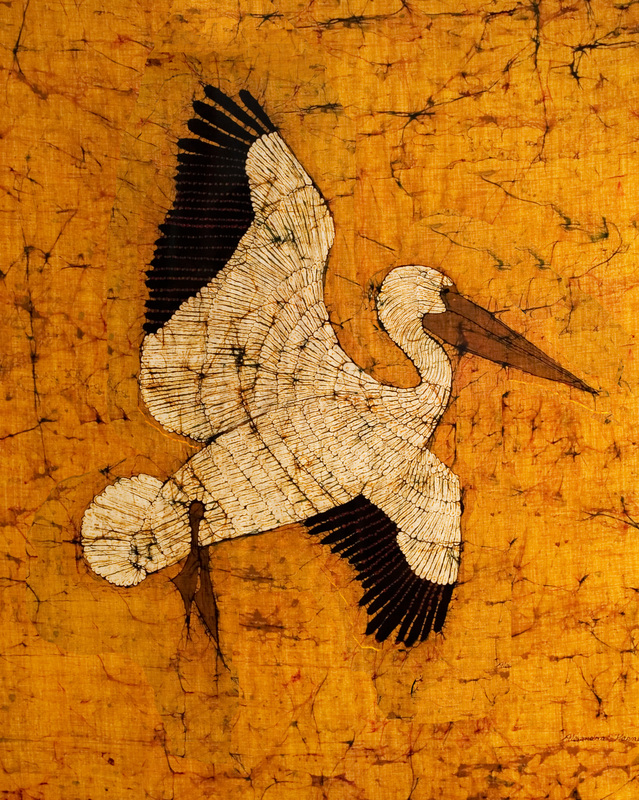
This original design of a White Pelican is available through my Etsy Site as a large PRINT ON CANVAS 24 inches by 32 inches mounted on a gallery wrap frame. It is quite stunning. I can send multiple pictures. Just let me know.
Pelicans are such interesting birds. Being more familiar with the Brown Pelican, I plan to learn more about the WHITE PELICAN which I will share with you. I do know that they do not DIVE FOR FOOD as the Brown Pelican does. It is my understanding that in shallow water, white pelicans form a circle around a group of fish and use their wings to CORRAL the fish and then they gobble them up.
INTERESTING FACT: White Pelicans have a wingspan of about 95–120 in (240–300 cm) which is also the second largest average wingspan of any North American bird, after the California Condor. This large wingspan allows the bird to easily use soaring flight for migration.

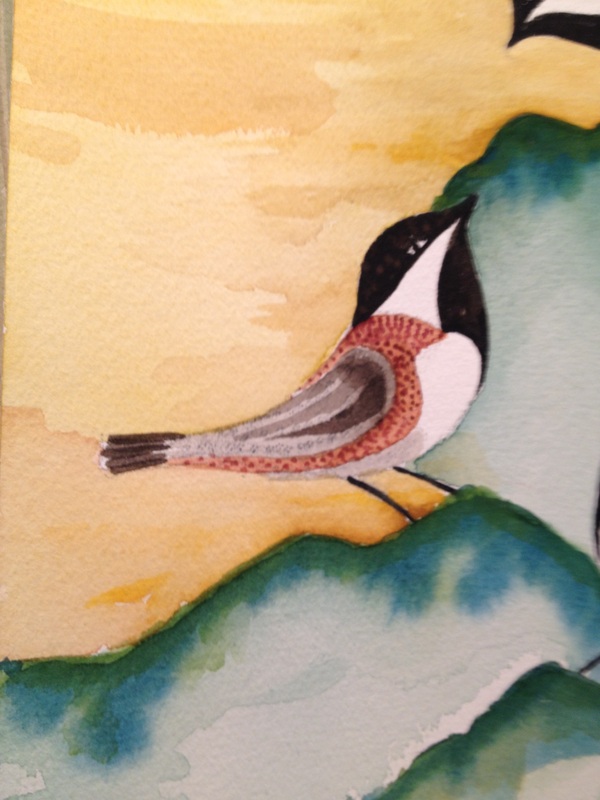

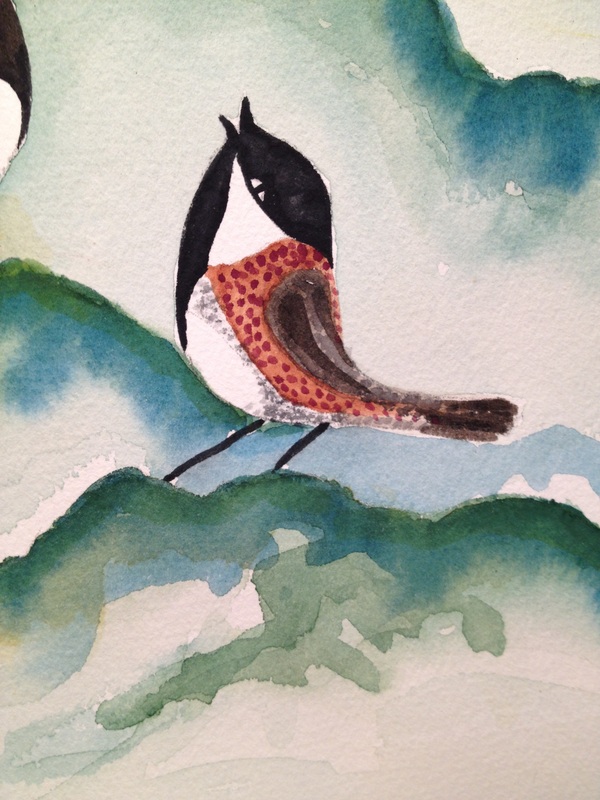

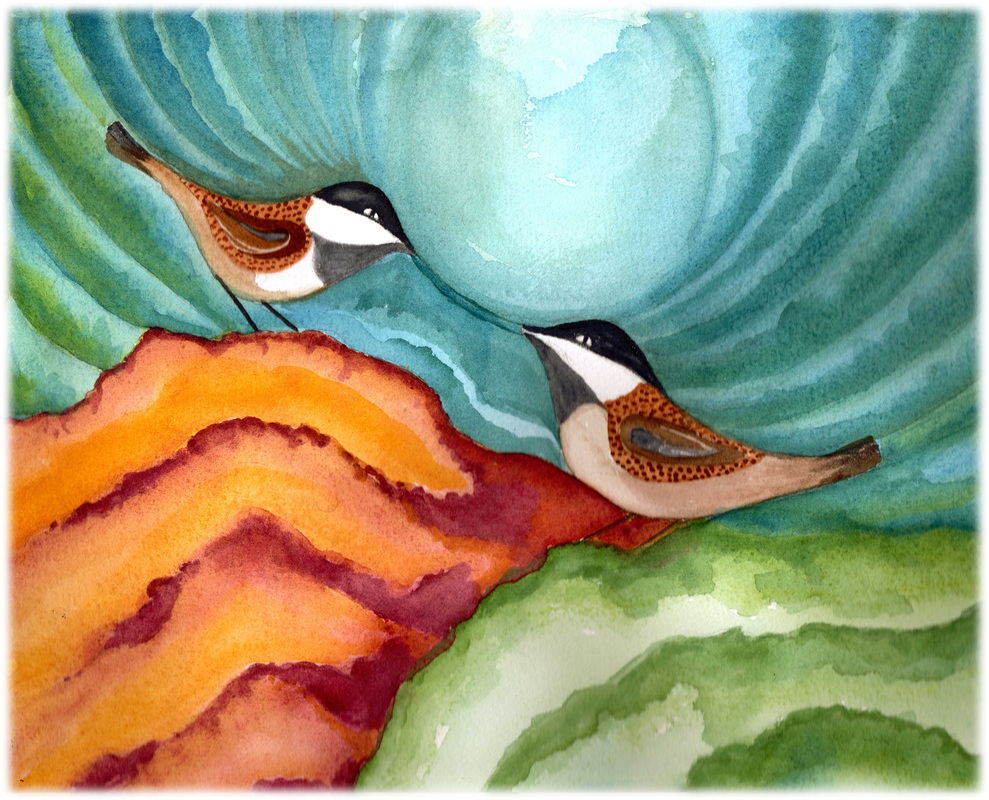
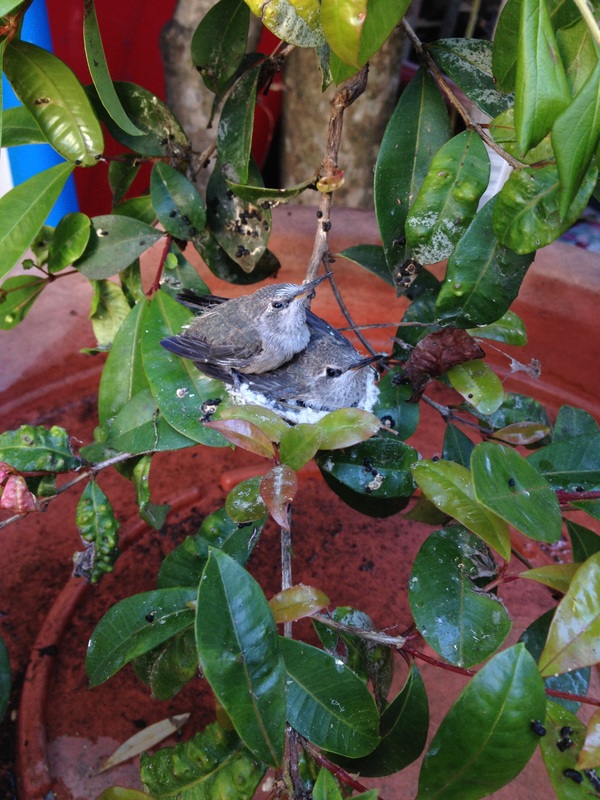
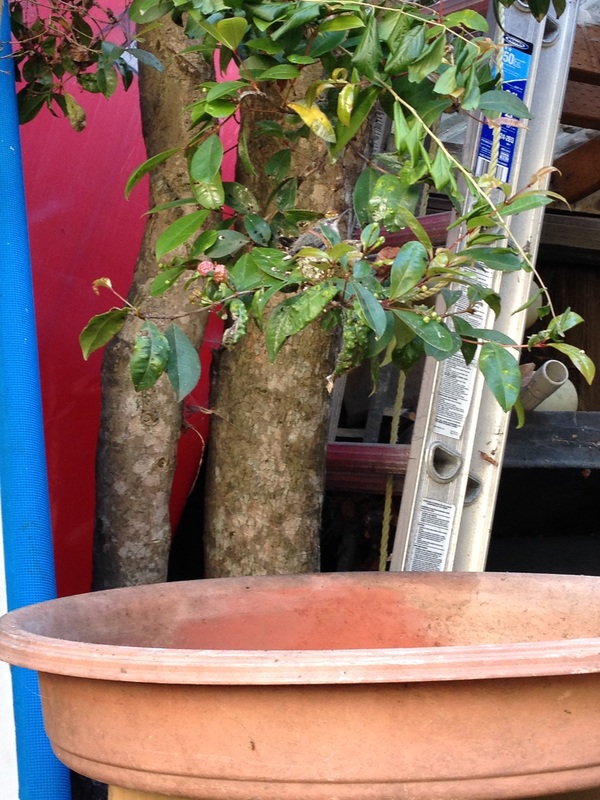
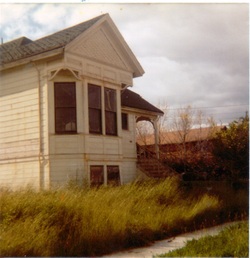
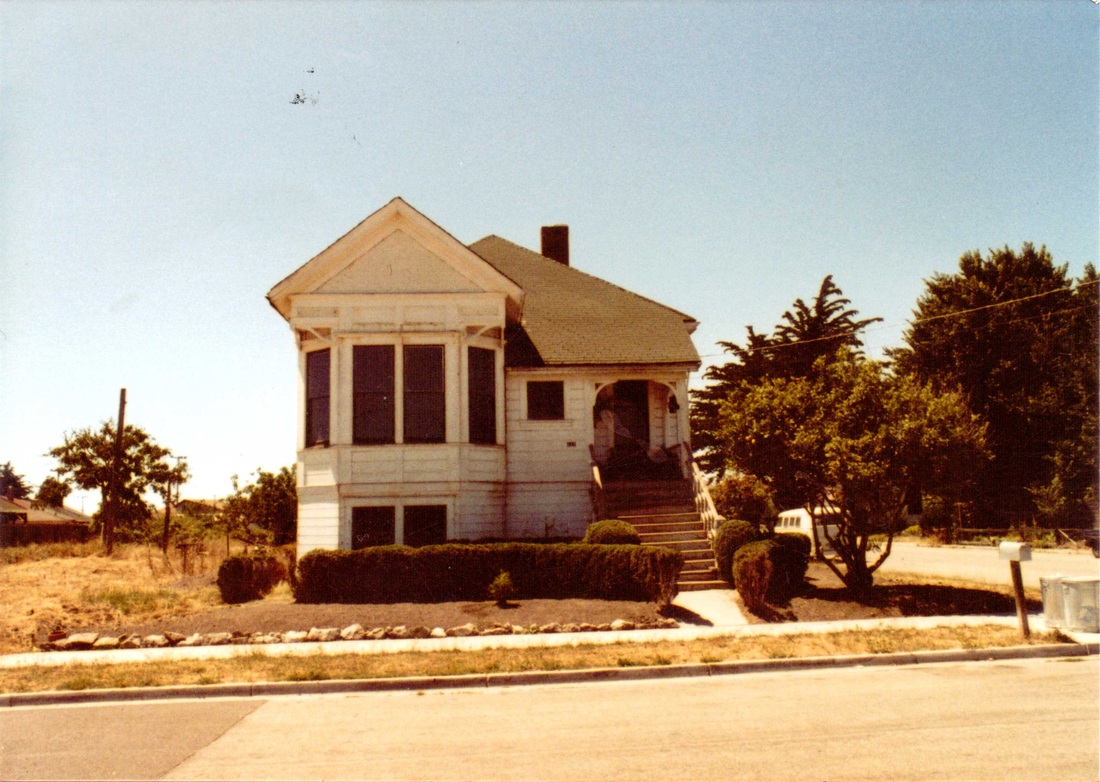
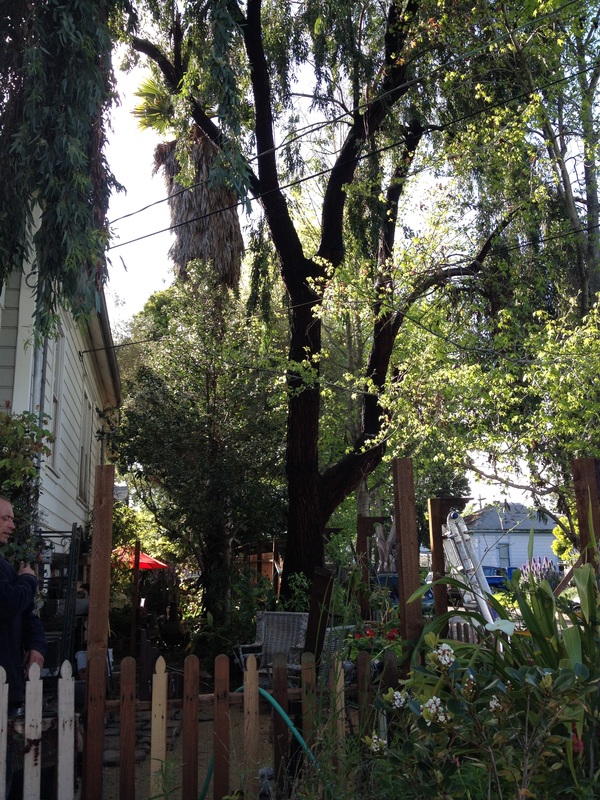
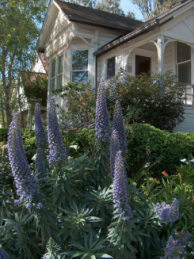
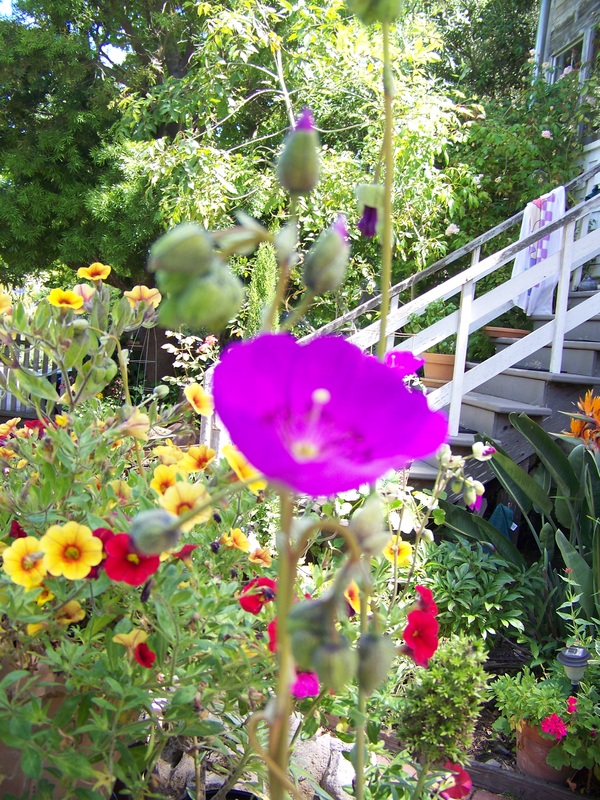
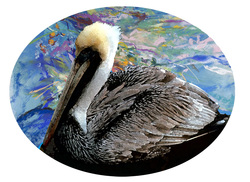
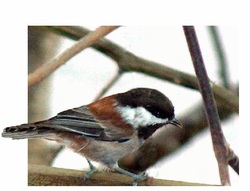
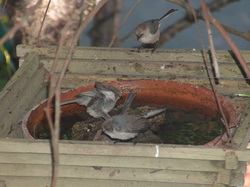
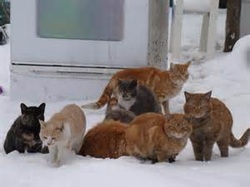
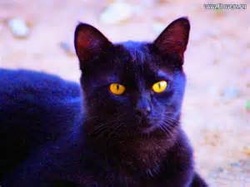
 RSS Feed
RSS Feed
